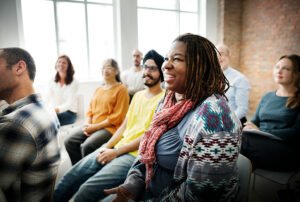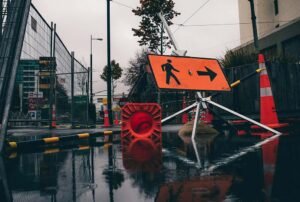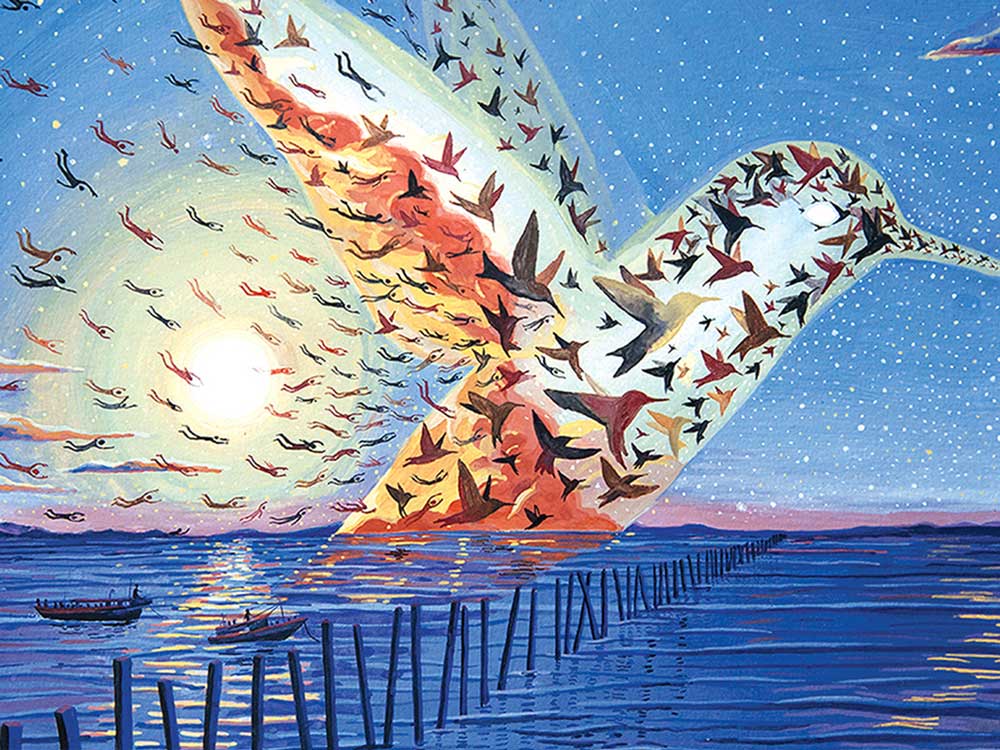Dorceta Taylor is one of the nation’s leading scholars in the field of environmental justice. In this animation, the Yale University professor shares her poem Thoughts on Being in the Environment While Black, which powerfully explores the risks Black people face when they attempt to enjoy nature, whether going for a jog in their own neighborhoods or simply watching birds in Central Park.
Since the emergence of environmental activism in the United States, white environmentalists have struggled to see how race is connected to the environment. For a long time, many environmentalists have ignored the connections, but in recent years, concepts like justice and equity have seeped into the environmental discourse as grassroots, people-of-color-led groups have stressed those interconnections. Recent events should erase all doubts that race—blackness in particular—is inextricably connected with racism, violence, and gross inequalities in the home, on the street, in the park, and elsewhere in the outdoors. The events, a few of which I will highlight, make it possible for environmentalists to concern themselves not only with trees, flowers, wildlife, fresh air—but also with people and their experiences in the natural and built environment.
Environmentalists urge citizens to take a walk or a jog without contemplating for a second the fate of:
Ahmaud Arbery
went for a jog.
He was spotted by white supremacists and segregationists,
chased down in a vehicle,
cornered by three armed men.
Shot.
Dead.
In the confines of the Ramble in Central Park, Harvard graduate and member of the Board of Directors of the New York Audubon Society, Christian Cooper, is doing something he enjoys:
Birdwatching.
Frederick Law Olmsted designed the park with this activity in mind.
For Chris: right activity, wrong skin color.
Amy Cooper: right skin color.
Olmsted wanted (white) females to get fresh air and exercise and take contemplative walks in the park.
Amy’s dog capers, unleashed in the park.
Olmsted would have a conniption over this—wrong activity for the park.
A police station and police patrols were installed in the park in the nineteenth century to prevent activities like the one Amy was engaging in.
Amy has the skin color combined with the power and privilege to ignore park rules.
Chris asks Amy to put her dog on a leash.
Amy, incensed by the hubris of a black man to make such a request,
asserts her white power and privilege,
draws on stereotypical and racist tropes,
demonizes Chris,
with fear and trembling in her voice, calls the police to report that
Sign up for our free newsletters
Subscribe to NPQ's newsletters to have our top stories delivered directly to your inbox.
By signing up, you agree to our privacy policy and terms of use, and to receive messages from NPQ and our partners.
an African American male is threatening her.
George Floyd could not have imagined dying in front of the store he walked out of and sat in a car with a friend. In the last minutes of his life:
George felt his face being pressed into the asphalt.
Black asphalt.
Black shoes, shiny shoes visible all around.
Earth.
Pushed into the earth.
Forcibly.
“Mother,” he calls out.
Mother. Earth. Earth. Mother.
Above him.
Whiteness.
The unspeakable violence of a white knee.
Pressed into his throat.
Unrelenting force.
Forced into the earth.
Air.
Air everywhere.
“I can’t breathe,” he says.
“Let him breathe,” cry the bystanders.
The white knee remains.
It does not let up.
Air is forced from him.
Eight minutes and forty-six seconds.
No more air in George.
Dead.
These cases, as well as the case of Breonna Taylor who died in a hail of bullets while asleep in her bed and countless others, highlight the violence that blacks encounter in America every day. Environmentalists can no longer turn a blind eye to the structural factors that give rise to and perpetuate these inequalities. Environmentalists have to embrace diversity and incorporate activities aimed at reducing and eliminating racism, classism, sexism, homophobia into their everyday activities.












